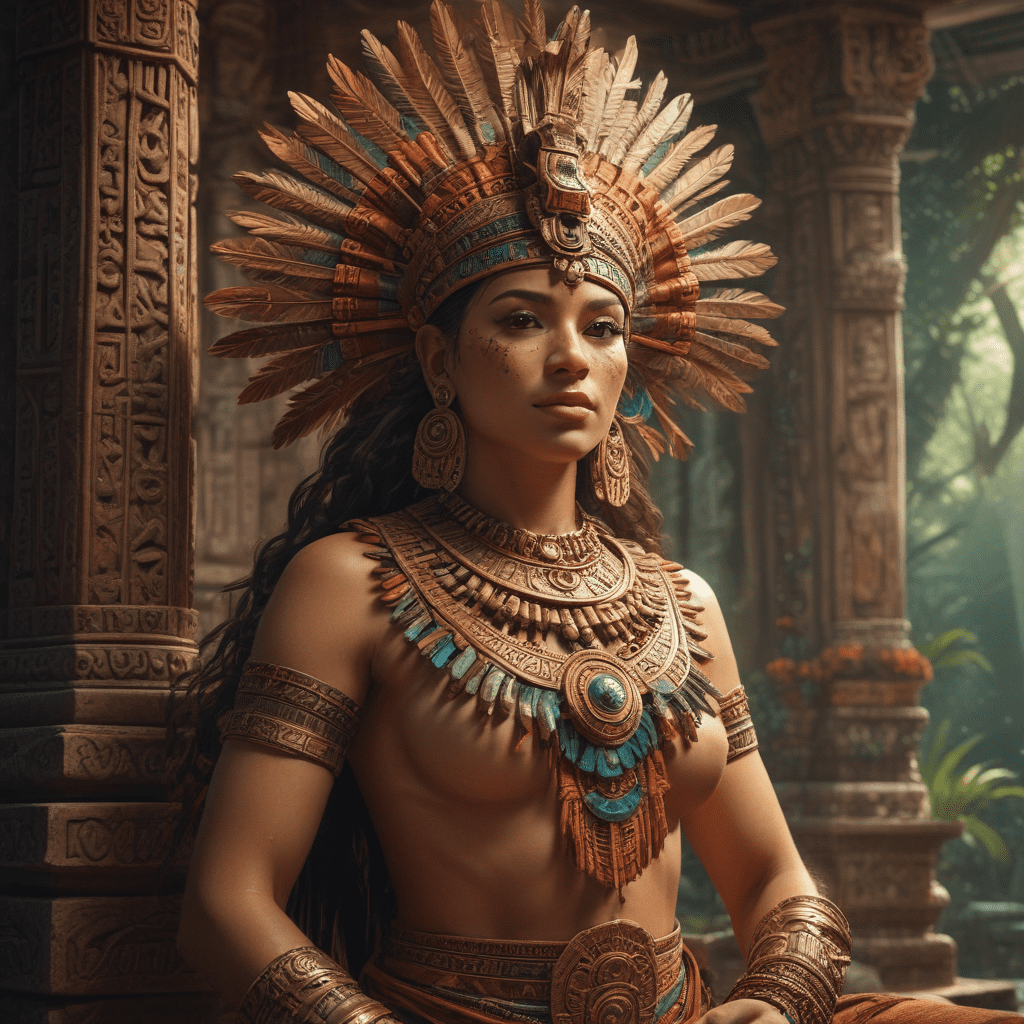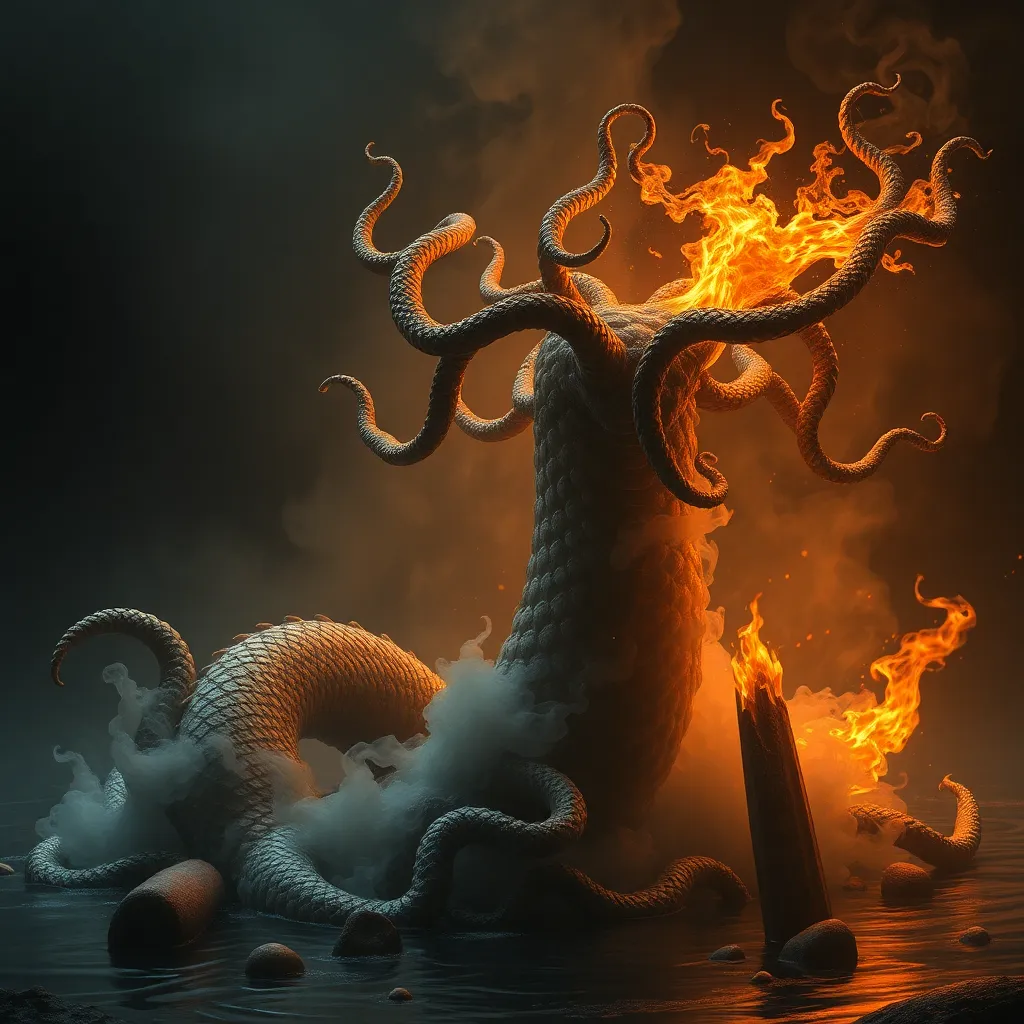Mayan Mythological Artifacts: Treasures of the Past
1. Introduction: A Glimpse into the Mayan Cosmos
Embark on a captivating journey into the heart of the ancient Maya civilization, where myths and legends intertwine with tangible reminders of their rich cultural heritage. Mayan artifacts, imbued with profound symbolism and spiritual significance, offer a window into their complex cosmology, revealing their beliefs, aspirations, and fears. These extraordinary objects, crafted with remarkable skill and artistry, transcend their material forms to become portals to the vibrant world of Mayan mythology.
2. Unveiling the Mystique: Mayan Mythology and its Significance
Mayan mythology, a profound tapestry of intricate narratives, served as the bedrock of their societal framework. It provided explanations for the origin of the universe, the cyclical nature of time, and the intricate interplay between the human world and the supernatural realm. These myths, often interwoven with historical events, shaped their social customs, religious practices, and artistic expressions. By delving into the depths of Mayan mythology, we gain a deeper understanding of their worldview, their perception of the cosmos, and their profound connection to the divine.
3. Journey through the Underworld: Xibalba and its Guardians
One of the most compelling aspects of Mayan mythology is the concept of Xibalba, the treacherous underworld ruled by the Lords of Death. This subterranean realm, believed to be located beneath the earth's surface, played a pivotal role in their spiritual beliefs. According to Mayan mythology, the souls of the deceased embarked on a perilous journey through Xibalba, facing numerous trials and encountering formidable guardians along the way. The trials and tribulations faced by the souls in Xibalba mirrored the challenges encountered in the earthly realm, highlighting the Mayans' preoccupation with life, death, and the afterlife.
4. Divine Intervention: The Pantheon of Mayan Gods and Goddesses
The Mayan pantheon, a vibrant tapestry of deities, each with distinct attributes and spheres of influence, played a central role in their religious beliefs and daily lives. From the benevolent maize god Yum Kaax to the formidable rain god Chaac, these deities were believed to preside over every aspect of human existence. The Mayans sought to appease their gods and goddesses through elaborate rituals, offerings, and sacrifices, hoping to secure their favor and ensure cosmic harmony. By understanding the roles and personalities of the Mayan deities, we gain insights into their values, beliefs, and aspirations.
5. Symbolic Representation: Deciphering the Language of Artifacts
Mayan artifacts, adorned with intricate carvings, glyphs, and imagery, served as tangible expressions of their mythology. These objects, meticulously crafted from jade, obsidian, and ceramics, often depicted scenes from their sacred narratives, figures of deities, and symbols representing cosmological concepts. By deciphering the language of these artifacts, we gain access to a wealth of information about their myths, beliefs, and rituals. The study of Mayan iconography reveals a complex and sophisticated symbolic system that reflects their profound understanding of the world around them.
6. Unveiling the Calendar: Timekeeping and Astronomical Prowess
The Mayans possessed an extraordinary understanding of time and the cosmos, as evidenced by their sophisticated calendar system. The Mayan calendar, a complex and intricate system, consisted of a combination of interlocking cycles, including the 260-day Tzolkin calendar and the 365-day Haab calendar. These calendars were used to track time, predict astronomical events, and guide religious ceremonies. The Mayans' precise astronomical observations and calculations allowed them to develop a calendar that accurately synchronized with the solar year, a testament to their remarkable intellectual prowess.
7. Ritualistic Significance: The Role of Artifacts in Mayan Ceremonies
Mayan artifacts played a pivotal role in their elaborate religious rituals and ceremonies. These objects served as conduits between the human world and the supernatural realm, facilitating communication with the gods and ancestors. They were used in offerings, sacrifices, and divination practices, each artifact imbued with specific symbolic meaning and spiritual significance. The intricate carvings and imagery on these objects often depicted scenes from their myths and legends, reinforcing their beliefs and connecting them to the sacred realm.
8. Echoes of Power: Royal Regalia and Symbols of Authority
The Mayans placed great emphasis on social hierarchy and the divine right of kingship. The rulers, known as ajaws, were believed to be divine beings, intermediaries between the gods and the people. Their power and authority were symbolized by elaborate royal regalia, including jade masks, feathered headdresses, and precious ornaments. These objects served as outward manifestations of their status, reminding the people of the divine nature of their rulers and reinforcing their authority.
9. The Legacy of Creation: Mayan Myths and the Formation of the World
Mayan mythology offers profound insights into their understanding of the origins of the universe and the creation of the world. Their myths recount the tale of a primordial sea from which emerged the first gods, who then proceeded to shape the earth, create humans, and establish the natural order. These creation myths played a vital role in shaping their worldview and providing a framework for understanding their place in the cosmos.
10. Beyond the Material: The Enduring Spirit of Mayan Mythology
The legacy of Mayan mythology extends far beyond the material artifacts they left behind. Their myths, beliefs, and rituals continue to inspire and inform contemporary Mayan communities, providing a vital link to their ancestral heritage. The enduring spirit of Mayan mythology is a testament to the power of storytelling and the human quest for meaning and understanding.
Frequently Asked Questions (FAQs)
What are some of the most famous Mayan mythological artifacts?
The Dresden Codex: An ancient Mayan book containing information about their mythology, rituals, and calendar.
The Jade Mask of K'inich Janaab' Pakal: A magnificent jade mask discovered in the tomb of the Mayan ruler Pakal the Great.
The Temple of the Inscriptions: A monumental structure in the ancient Mayan city of Palenque, adorned with intricate carvings depicting scenes from Mayan mythology.
What are some of the main themes explored in Mayan mythology?
- Creation and the origins of the universe
- The relationship between humans and the gods
- The cyclical nature of time
- The journey through the underworld
- The importance of sacrifice and offerings
How did Mayan mythology influence their daily lives?
Mayan mythology played a central role in shaping their daily lives, influencing their social customs, religious practices, and artistic expressions. Their myths and beliefs provided explanations for natural phenomena, guided their moral and ethical behavior, and offered a sense of meaning and purpose in their lives.



